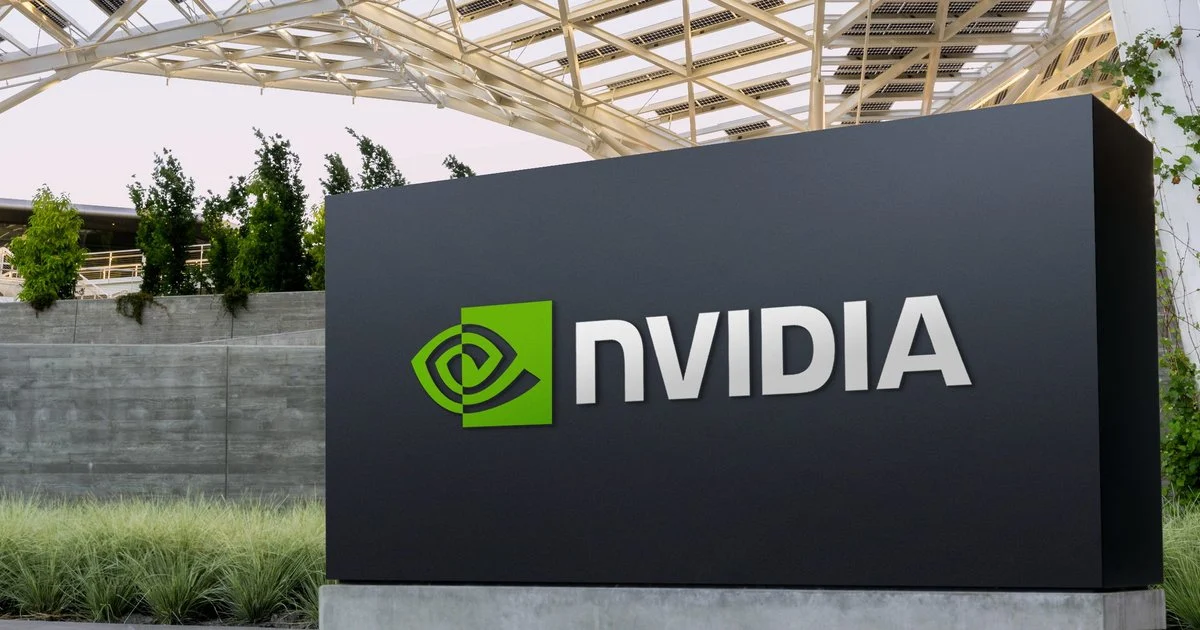ANALYSIS: Behind Nvidia's Valuation Surge and the Debate Over Its Durability

ANALYSIS: Behind Nvidia's Valuation Surge and the Debate Over Its Durability
SANTA CLARA, Calif. — A series of high-profile analyst forecasts, major product milestones, and significant executive stock transactions have intensified a polarized debate surrounding the future of Nvidia, the chipmaker at the epicenter of the artificial intelligence boom. The core conflict pits a narrative of unprecedented, durable growth against persistent questions about the sustainability of its market dominance and valuation, placing the company at a critical juncture in investor and public perception.
At the heart of the matter is a tug-of-war between tangible operational achievements and strategic concerns that have gained traction in financial media. As the company's valuation continues to reach historic highs, the arguments for and against its long-term supremacy are being scrutinized with increasing fervor by Wall Street, Silicon Valley, and global enterprise customers.
Operational Momentum and Market Confidence
Fueling the bullish case for Nvidia are concrete operational developments and a chorus of optimistic financial analyses. Multiple investment banks have updated their forecasts, with some analysts projecting a potential market capitalization for the company soaring towards $6 trillion. These projections are not based on speculation alone, but are tied to tangible business drivers, according to industry watchers.
Central to this optimism is the imminent shipment of the company's next-generation Blackwell architecture, particularly the GB200 and GB300 server platforms. In a recent note to clients, a senior technology analyst at Morgan Stanley stated that "the Blackwell platform represents not just an incremental improvement, but a step-change in AI compute capability that the market is desperately seeking." The report highlighted that initial demand appears to outstrip supply, suggesting a robust revenue pipeline for the coming quarters.
This hardware momentum is bolstered by strategic partnerships and acquisitions. The company's recently announced collaboration with Hewlett Packard Enterprise (HPE) to create 'Nvidia AI Computing by HPE' aims to simplify the deployment of generative AI for a broad range of enterprise clients. Furthermore, Nvidia's acquisition of CentML, a startup focused on optimizing AI model performance, is seen by proponents as a key move to deepen its software moat. “Nvidia is not just selling silicon; it is selling a full-stack, optimized solution,” explained a technology strategist at a major consulting firm. “From the chip to the software to the developer libraries, the ecosystem is designed to deliver performance that is difficult for competitors to replicate.”
Scrutiny Over Executive Stock Sales
In direct contrast to this narrative of unstoppable growth, significant attention has been paid to stock sales by Nvidia's executives and directors, which have reportedly surpassed $1 billion in the past year. Outlets such as Fox Business and Yahoo Finance have repeatedly highlighted these sales, framing them as a potential indicator that insiders may believe the stock's valuation is approaching a peak.
These reports have raised questions among some investors about leadership's long-term conviction. One market commentary piece suggested the volume of sales was a "red flag" that could not be ignored.
However, sources versed in corporate governance and executive compensation argue this perspective may lack crucial context. A significant portion of these transactions are conducted under pre-scheduled SEC Rule 10b5-1 trading plans, which are established months in advance to avoid any suggestion of trading on non-public information. “For executives whose compensation is heavily weighted in equity and who have seen the value of their holdings increase exponentially, periodic and planned diversification is standard financial planning,” said a corporate governance expert at Stanford University. “It’s important to analyze these sales in the context of their total holdings.”
Proponents of the company further note that even after these sales, Nvidia's leadership team retains a vast majority of their holdings, representing a multi-billion dollar stake in the company's future success. According to regulatory filings, the shares sold often represent a small single-digit percentage of an executive's total ownership, a fact that supporters argue is more indicative of continued confidence than a signal of a top.
The Competitive Landscape and the 'Picks and Shovels' Debate
A third major point of contention centers on the long-term defensibility of Nvidia's market position. Reports that major AI players like OpenAI are utilizing competitor hardware, such as Google's custom Tensor Processing Units (TPUs), have been framed by some tech publications as a direct "challenge to Nvidia's dominance." This provides tangible evidence that viable alternatives exist and are being used at scale.
This is coupled with a more philosophical argument, championed by figures like SoftBank's Masayoshi Son, who has questioned whether a hardware supplier can be the ultimate victor in the AI era. The argument posits that true, lasting value will accrue to the application companies, casting Nvidia in the role of a 'picks and shovels' provider during a gold rush—a profitable but ultimately temporary position.
In response, analysts defending Nvidia’s long-term prospects argue that this view fundamentally misunderstands the company’s strategy. They contend that the 'picks and shovels' analogy is flawed because Nvidia's CUDA software platform has created a deep and wide competitive moat. With over 4 million developers building on the platform, switching from Nvidia GPUs to a competitor's hardware is not a simple swap; it can require extensive software re-engineering.
“The conversation about OpenAI using TPUs is a sign of a healthy, maturing market where large customers will naturally pursue a multi-vendor strategy for redundancy and workload optimization,” one semiconductor analyst noted. “But the default standard, the lingua franca of AI development, remains CUDA. That is Nvidia's strategic high ground.” This camp argues that Nvidia is less like a shovel maker and more like the creator of the railroad system and the operating system upon which the new economy is being built.
As these competing narratives unfold, the market continues to process the torrent of information. The ultimate trajectory of Nvidia will likely depend on whether investors focus on the high-profile critiques regarding valuation and competition, or on the company's foundational role and entrenched software ecosystem in an industry it was pivotal in creating.

